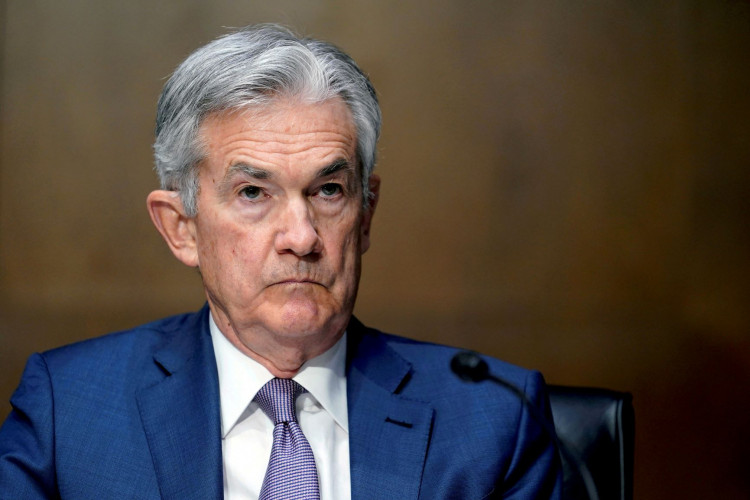As the U.S. presidential election approaches, the economic landscape is shifting in ways that could significantly influence the outcome. Wall Street economists and financial markets are increasingly betting that the Federal Reserve will begin cutting interest rates as early as September, providing a potential boost to Vice President Kamala Harris's campaign. This anticipation comes after a volatile period in financial markets and growing concerns about the possibility of a U.S. recession, which now seems less likely according to recent surveys.
The Federal Reserve, under the leadership of Chair Jerome Powell, appears to be preparing for a series of rate cuts aimed at easing the financial strain on households and businesses. These cuts could be a pivotal factor in the upcoming election, as they would likely improve the economic outlook and consumer confidence. According to a Reuters poll, a majority of economists now expect the Fed to reduce rates by 0.25 percentage points at each of its remaining meetings in 2024, starting in September.
This shift in monetary policy comes as several key Federal Reserve officials have signaled their readiness to begin a rate-cutting cycle. Neel Kashkari, president of the Minneapolis Federal Reserve, recently stated that it is appropriate to discuss potential rate cuts due to signs of a weakening job market. "The balance of risks has shifted, so the debate about potentially cutting rates in September is an appropriate one to have," Kashkari told The Wall Street Journal.
The prospect of rate cuts has already had a noticeable impact on financial markets. Yields on U.S. government debt have declined, and investors are increasingly confident that the Fed will begin reducing borrowing costs next month. The yield on 10-year U.S. Treasury bonds fell by 0.2 basis points to 3.89%, reflecting these expectations. Financial markets currently estimate a 76% chance of a 0.25 percentage point rate cut in September.
Krishna Guha, vice-chair of Evercore ISI, noted that Powell is likely to use his upcoming speech at the Jackson Hole Economic Symposium to outline the Fed's plans for rate cuts. "We expect [Powell] will use his Jackson Hole speech to explain why the Fed is now sufficiently confident inflation is heading back durably to 2% to begin dialing back rates soon - [from] September - and [to] provide a basic framework for the cutting cycle ahead," Guha said.
The backdrop to this shift in Fed policy is a significant improvement in U.S. inflation, which fell below 3% in July for the first time since 2021. This easing of inflationary pressures has alleviated some of the concerns that led to a turbulent month in financial markets, where fears of a hard landing for the U.S. economy sent stock prices tumbling. However, with the prospect of lower borrowing costs, markets have since rebounded, and there is renewed optimism that the Fed can engineer a soft landing.
Despite the positive economic signals, the Fed remains cautious. The weaker-than-expected July jobs report raised concerns about the strength of the U.S. labor market, which could influence the timing and pace of rate cuts. Still, most economists believe the labor market remains resilient, and there is little indication that the Fed will need to take drastic action.
Jonathan Millar, senior U.S. economist at Barclays, emphasized that the expected rate cuts are primarily driven by the decline in inflation rather than a significant slowdown in economic activity. "The basis for the cuts that we have is mostly because inflation is coming down. It's not so much that activity is slowing... We see a pretty resilient economy that's growing near trend and with that, we think inflation only ebbs gradually," Millar said.






